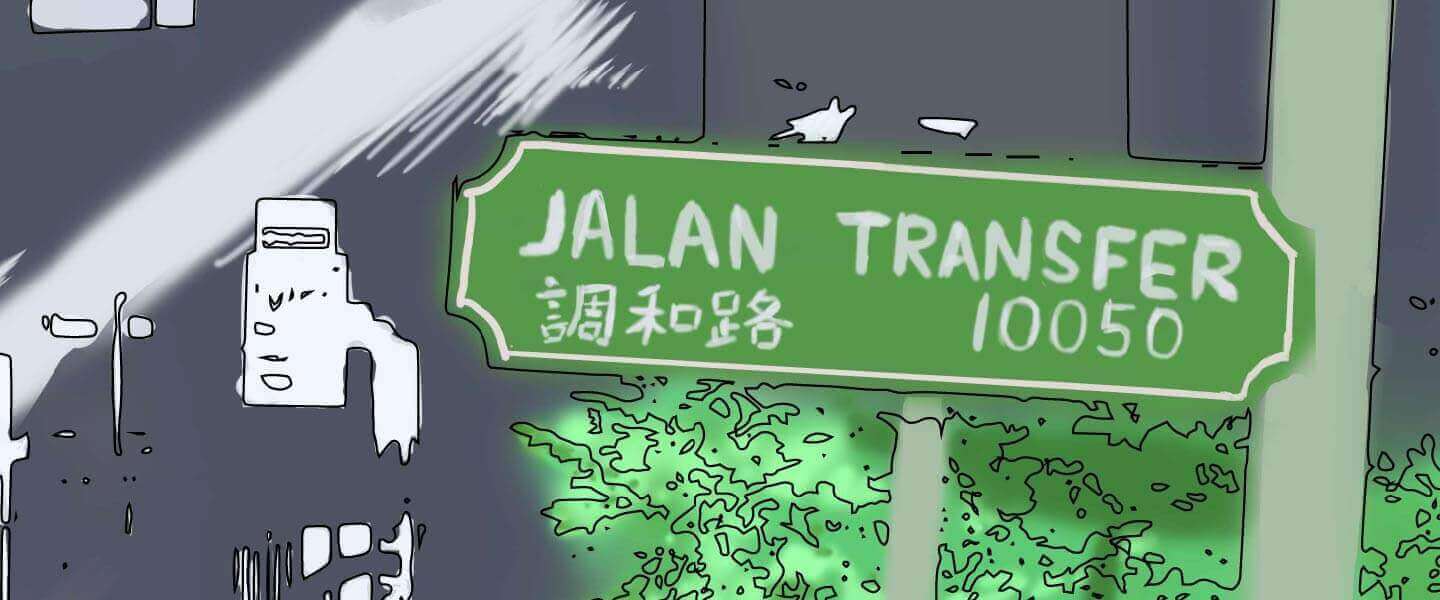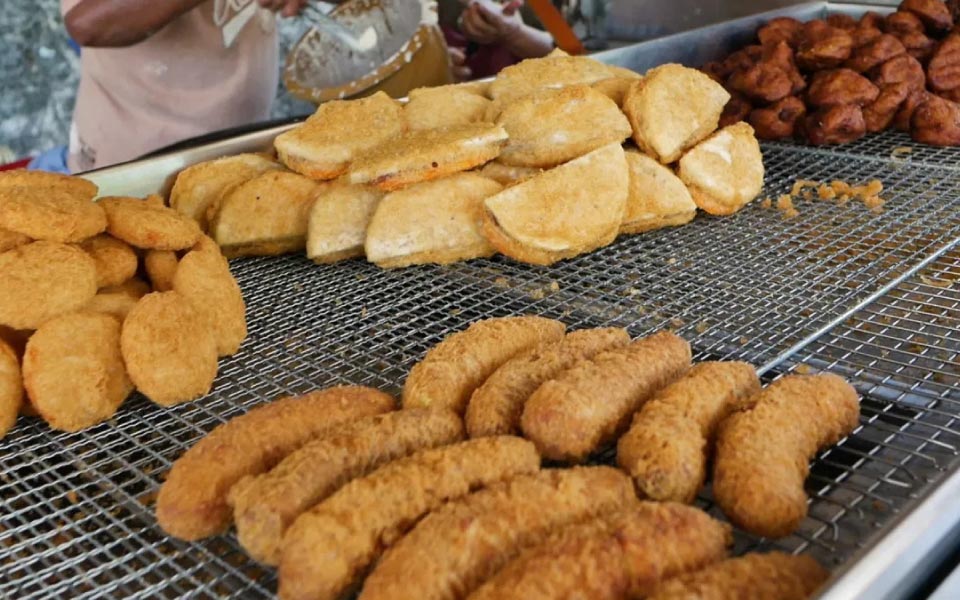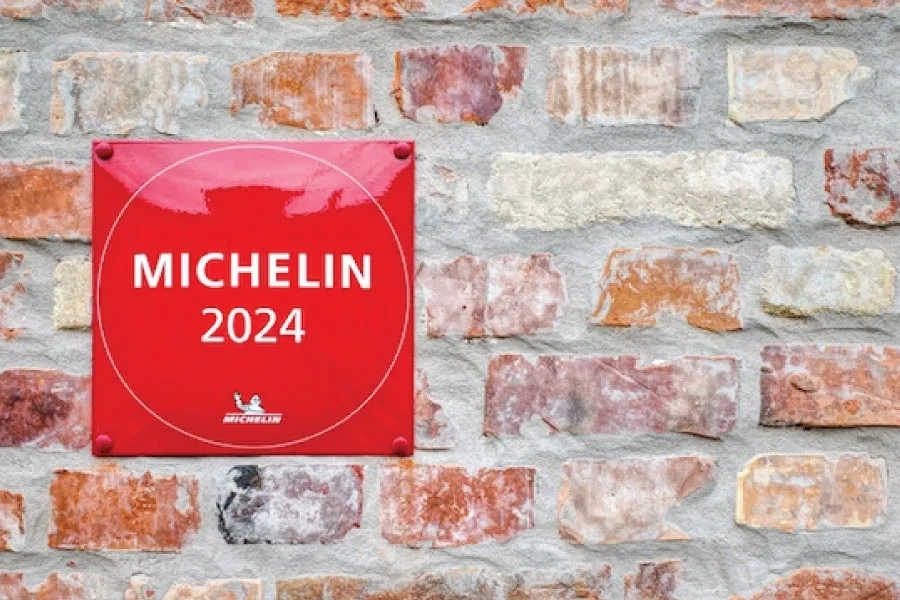George Town, Penang, is more than just a city of food and street art — it’s a place where history comes alive in every corner. Recognised as a UNESCO World Heritage Site in 2008, George Town’s historic core preserves centuries of culture, trade, and architecture. Walking through its streets is like stepping into a living museum, where temples stand beside mosques, shophouses open their doors to trendy cafes, and colonial-era buildings whisper stories of the past.
This guide takes you through the highlights of the UNESCO Heritage Zone, from multicultural landmarks and clan houses to colonial icons and heritage shophouses
Why George Town Was Recognised by UNESCO
George Town was listed as a UNESCO World Heritage Site because of its outstanding universal value as a multicultural trading port. For over 500 years, it has been a crossroads where Malay, Chinese, Indian, Peranakan, and European cultures met and flourished.
Key reasons for UNESCO recognition:
- Living cultural heritage that continues to thrive.
- Over 1,700 historic buildings within the heritage zone.
- Architectural fusion of Chinese, Indian, Malay, and European styles.
Exploring the Heritage Zone: Highlights
1. Armenian Street (Lebuh Armenian)
- Famous for street art murals like “Children on a Bicycle.”
- Peranakan shophouses turned into galleries, cafes, and craft shops.
- Nearby, you’ll find the majestic Khoo Kongsi clan house, one of the most elaborate Chinese clan houses in Malaysia.
2. The Street of Harmony
George Town is a living example of religious and cultural coexistence, and nowhere is this clearer than on the Street of Harmony. Along this single stretch, you’ll find four major religious landmarks:
- Kapitan Keling Mosque – Built in the 19th century by Indian Muslim traders.
- Sri Mahamariamman Temple – Penang’s oldest Hindu temple, adorned with intricate sculptures of deities.
- Goddess of Mercy Temple (Kuan Yin Teng) – A Chinese temple dating back to 1800, dedicated to the Goddess of Mercy.
- St George’s Church – The oldest Anglican church in Southeast Asia, built in 1818.
This remarkable concentration of faiths within walking distance is what makes George Town a UNESCO treasure.
3. Chinese Clan Houses
The Chinese community left behind some of the most impressive landmarks in George Town — their clan houses. These served as community halls, temples, and symbols of wealth and unity. Each one is unique, with intricate carvings, gold embellishments, and courtyards that reflect southern Chinese architecture.
- Khoo Kongsi – The most famous, known for its elaborate roof carvings, gilded hall, and dramatic setting.
- Cheah Kongsi – Also one of the oldest Chinese clan houses in George Town.
- Yeap Kongsi – A smaller but beautifully preserved clan house with traditional-style features.
- Other Kongsis – Including Lim Kongsi and Tan Kongsi, each adding to the story of Penang’s Chinese heritage.
4. Clan Jetties of Penang
Along Weld Quay lies one of George Town’s most fascinating sights: the Clan Jetties. These are wooden stilt villages built over water, home to Chinese clans for over a century.
- Chew Jetty – The most well-known and tourist-friendly, with long wooden walkways lined with homes and small shops.
- Other Jetties – Lee, Lim, Tan, and Yeoh Jetties remain residential, offering a quieter, more authentic atmosphere.
The Clan Jetties are a living heritage — families still reside here, carrying on their traditions while adapting to modern times.
5. Colonial Architecture and Buildings
The British colonial period left a strong mark on George Town’s cityscape. Many of these colonial-era landmarks still stand proudly today:
- Penang City Hall – A grand Edwardian Baroque building from 1903, facing the Esplanade.
- Eastern & Oriental Hotel (E&O Hotel) – Founded by the Sarkies brothers, this iconic seafront hotel has hosted royalty, celebrities, and writers.
- Fort Cornwallis – Built in the late 18th century by Captain Francis Light, it is the largest standing fort in Malaysia.
These colonial gems showcase the influence of European architecture and administration during George Town’s development as a major port.
6. Heritage Shophouses
One of George Town’s most iconic features is its heritage shophouses, lining nearly every street in the UNESCO zone. These buildings were designed with a five-foot walkway, colourful facades, and architectural styles that evolved over the decades.
- Early Straits Eclectic Style – Simple, functional designs from the 1800s.
- Late Straits Eclectic Style – More elaborate, with plaster ornamentation, colourful tiles, and wooden shutters.
- Art Deco Shophouses – Sleek lines and modernist designs from the 1930s.
Today, many of these shophouses have been restored and repurposed into cafes, boutique hotels, art galleries, and co-working spaces — blending heritage with modern living.
Best Ways to Experience the Heritage Zone
- Walking Tours: The best way to explore is on foot. Grab a George Town Heritage Map or join a guided tour.
- Trishaw Rides: A nostalgic and colourful way to see the city’s highlights.
- Museums & Mansions: Visit the Pinang Peranakan Mansion, Sun Yat Sen Museum, and other hidden gems.
- Food Stops: Street food is part of the heritage — don’t miss char koay teow, nasi kandar, and ais kacang.
Practical Tips for Visitors
- Best time to explore: Early morning or late afternoon for cooler weather and softer light.
- Dress modestly when visiting temples, mosques, and churches.
- Stay hydrated and wear comfortable shoes.
- Where to stay: Boutique heritage hotels like Seven Terraces, Muntri Mews, or The Blue Mansion.
Why George Town’s UNESCO Heritage Zone Is Unmissable
Walking through George Town’s heritage core is like stepping through centuries of history. From multicultural religious landmarks and grand clan houses to colonial icons and charming shophouses, every street tells a story of resilience, trade, and cultural harmony.
Whether you’re a history lover, foodie, photographer, or casual traveller, George Town offers an experience unlike any other — truly a city where time stands still yet life continues to thrive.







